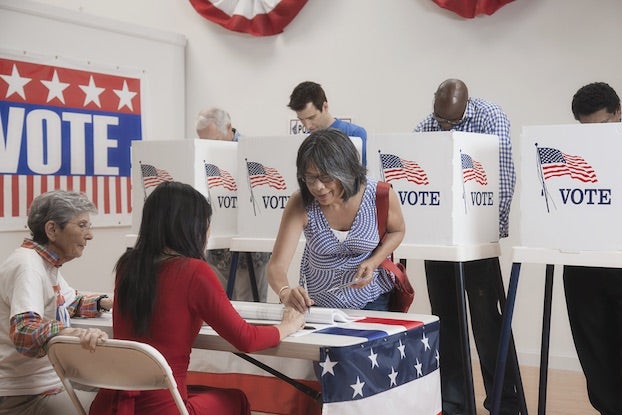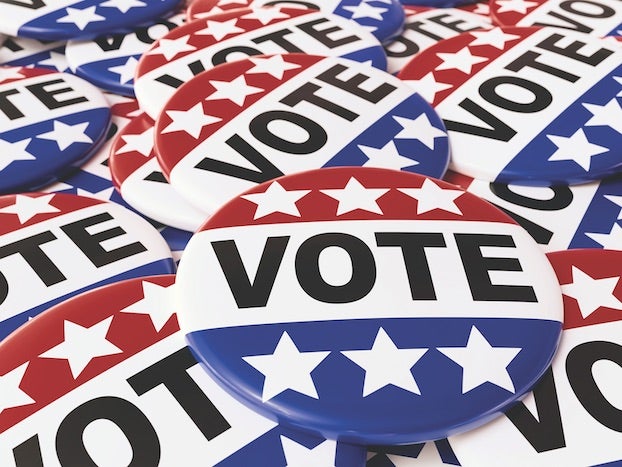Health insurance premiums to go up
Published 9:07 am Saturday, August 6, 2016
Substantial increases in health insurance premiums of 10 percent and 15 percent are being projected for 2017, and the government is phasing out its subsidies for the individual market. Consumers should be aware of these coming rate hikes and prepare accordingly.
According to the American Academy of Actuaries, premium rate hikes in health insurance depend on such factors as projected medical costs, the composition of the risk pool, administrative costs, laws and regulations.
The government, in effect, took over the health insurance industry with the Affordable Care Act of 2010. Heavy government mandates and regulation are among the drivers of the rate increases, although supporters of ACA say they would be even higher without it.
It was promised in 2010 that premiums for the average family would decrease by $2,500 per year. However, according to the Kaiser Family Foundation, in 2008 the average family premium paid was $12,680. By the year 2015, the average family was paying $17,545. In 2016, the average premium increase for states participating in the government subsidized program was 7.5 percent.
The Congressional Budget Office projected in 2010 that the ACA would sign up 21 million Americans. But by 2016, between 9 million and 11 million were expected to be signed up for the government subsidized health insurance. It has been reported that 31 million Americans are still uninsured, which is nearly 10 percent of the population of the country.
Another big problem is out-of-pocket expenses before the insurance kicks in, called deductibles. The deductibles increase in 2016 were different state by state. In Washington state it was 76 percent, or $3,500; in Mississippi, 42 percent; and in South Carolina, 37 percent.
A new problem for health insurance consumers for 2017 will be that the government is phasing out subsidies for premiums in the individual market. The payments were declining between 2014 and 2016, and will be ended completely in 2017.
The bottom line is that there are a lot of problems with the government-run health insurance program that seem to be getting worse rather than better. Individuals and families need to be vigilant and adjust their family budgets accordingly.





